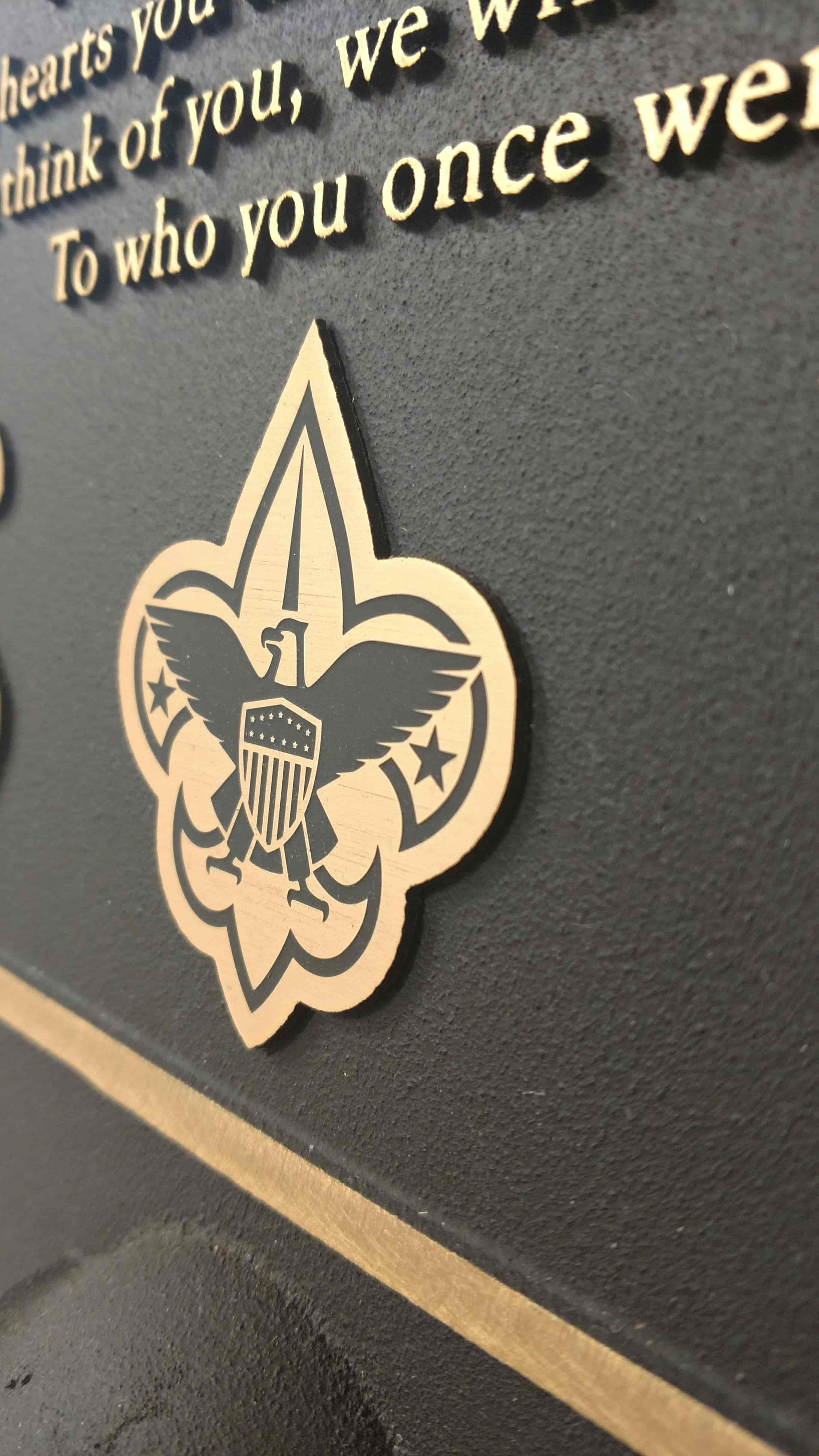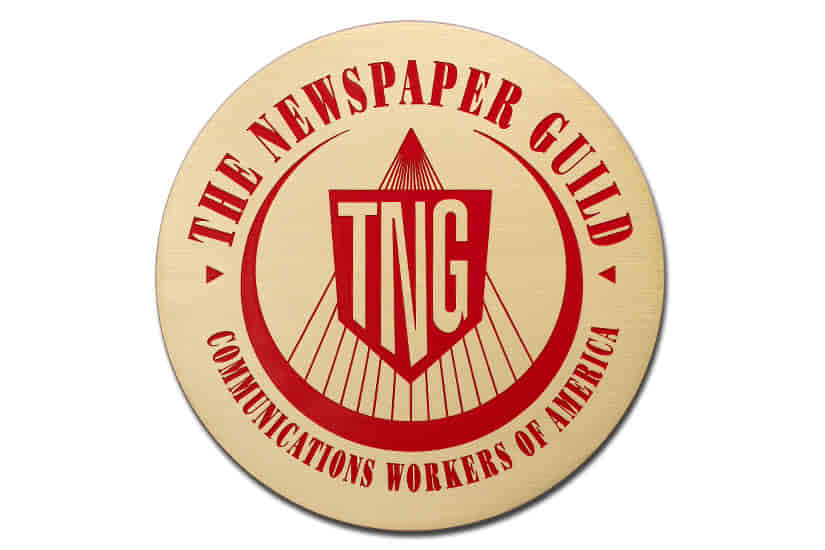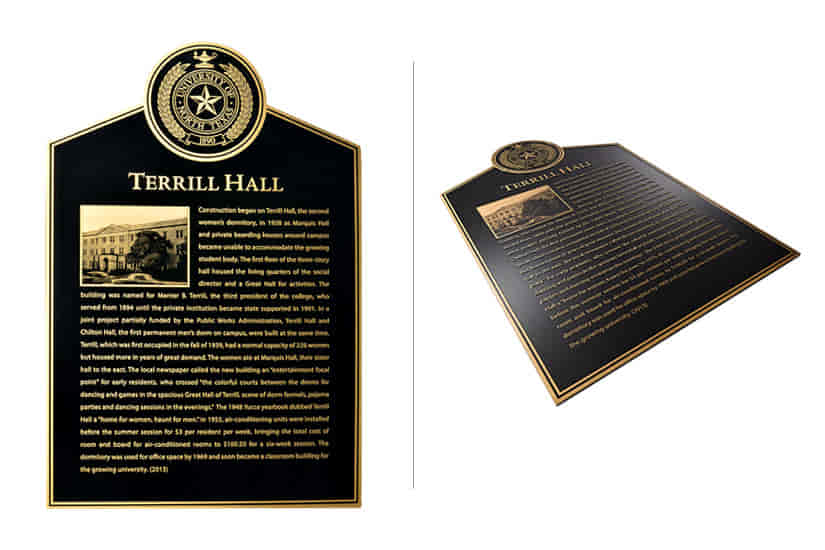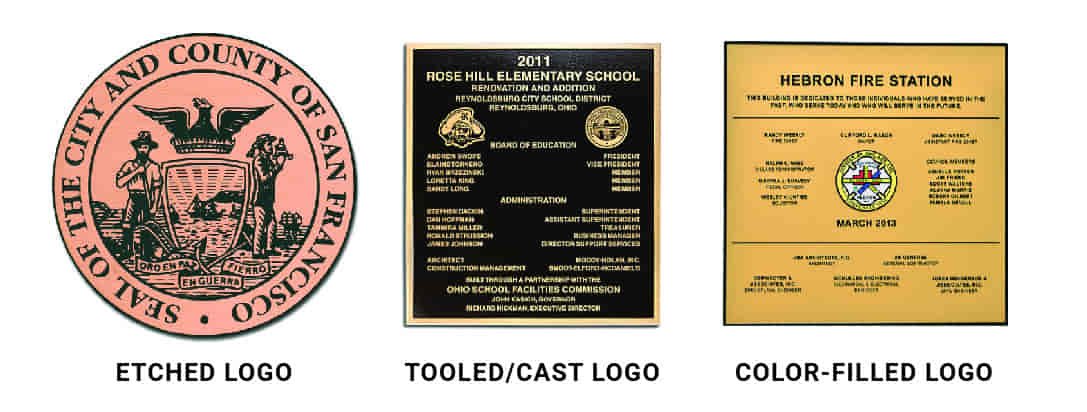Logo plaques are a great way to add your branding and personality to a metal plaque. Whether for corporate recognition, building signage, or commemorative purposes, integrating a logo into a plaque design adds a professional and customized touch. The process involves careful planning, material selection, and attention to detail to ensure the plaque is both durable and visually striking.
A Guide to Personalized and Professional Plaque Design



Step 1: Logo Design and File Preparation
Before creating your metal plaque, it’s important to have a high-resolution file of your logo. Vector file types like AI or EPS formats are best because of the line art needed to create your plaque in our production process. If the logo gets too detailed, you may need to simplify the design or opt for a more detailed production method such as etched or printed logo plaques. Clean lines and simple designs work best for precision tooled and cast metal plaques.
Step 2: Plaque Material Selection
Choosing the right metal is important for achieving the desired look and durability of the plaque you are creating. Common materials include:
- Bronze: A popular choice for a timeless and traditional look, often used in commemorative or historical plaques.
- Aluminum: Lightweight and cost-effective, great for outdoor and indoor use.
- Stainless Steel: Sleek and modern, popular for corporate signage or awards.
- Brass: Provides a polished, classic appearance suitable for indoor or outdoor use.
Any of our materials can be enhanced with different treatments such as brushing, polishing, or powder coating, (depending on the metal). Each of which influences the plaque's overall appearance and texture.
- Bronze: A popular choice for a timeless and traditional look, often used in commemorative or historical plaques.
- Aluminum: Lightweight and cost-effective, great for outdoor and indoor use.
- Stainless Steel: Sleek and modern, popular for corporate signage or awards.
- Brass: Provides a polished, classic appearance suitable for indoor or outdoor use.
Any of our materials can be enhanced with different treatments such as brushing, polishing, or powder coating, (depending on the metal). Each of which influences the plaque's overall appearance and texture.
Step 3: Production Techniques
There are several ways to produce a metal plaque with a logo:
- Tooling: A detailed method where the logo is engraved into the plaque with a routing tool to create precision and accuracy that will last a lifetime.
- Casting: The logo can be cast in raised metal, adding depth and dimension. This method is often used for bronze plaques and creates a striking, three-dimensional look.
- Etching: Chemical etching allows for fine details to be transferred onto the metal surface, ideal for intricate logos.
Depending on the technique, the logo can be raised from the surface of the plaque or recessed into it, each providing a different visual impact.
- Tooling: A detailed method where the logo is engraved into the plaque with a routing tool to create precision and accuracy that will last a lifetime.
- Casting: The logo can be cast in raised metal, adding depth and dimension. This method is often used for bronze plaques and creates a striking, three-dimensional look.
- Etching: Chemical etching allows for fine details to be transferred onto the metal surface, ideal for intricate logos.
Depending on the technique, the logo can be raised from the surface of the plaque or recessed into it, each providing a different visual impact.

Step 4: Adding Finishing Touches
Once the logo is applied, additional features can enhance the overall design:
- Color Filling: Adding enamel paint or patina to recessed areas can make the logo stand out, providing contrast and improving legibility.
- Texture and Finishes: Brushed metal, polished surfaces, or matte finishes can further customize the plaque’s appearance.
- Color Filling: Adding enamel paint or patina to recessed areas can make the logo stand out, providing contrast and improving legibility.
- Texture and Finishes: Brushed metal, polished surfaces, or matte finishes can further customize the plaque’s appearance.
Step 5: Installation and Display
Once the logo is applied, additional features can enhance the overall design:
- Color Filling: Adding enamel paint or patina to recessed areas can make the logo stand out, providing contrast and improving legibility.
- Texture and Finishes: Brushed metal, polished surfaces, or matte finishes can further customize the plaque’s appearance.
- Color Filling: Adding enamel paint or patina to recessed areas can make the logo stand out, providing contrast and improving legibility.
- Texture and Finishes: Brushed metal, polished surfaces, or matte finishes can further customize the plaque’s appearance.
Step 5: Installation and Display
Once the logo is applied, additional features can enhance the overall design:
- Color Filling: Adding enamel paint or patina to recessed areas can make the logo stand out, providing contrast and improving legibility.
- Texture and Finishes: Brushed metal, polished surfaces, or matte finishes can further customize the plaque’s appearance.
- Color Filling: Adding enamel paint or patina to recessed areas can make the logo stand out, providing contrast and improving legibility.
- Texture and Finishes: Brushed metal, polished surfaces, or matte finishes can further customize the plaque’s appearance.
Conclusion
Designing a metal plaque with a logo offers a versatile and impactful way to showcase identity, celebrate achievements, or honor memories. With careful selection of materials, thoughtful design, and quality production methods, you can create a plaque that is both durable and visually striking AND displays your logo with pride.
Call now |
A Division of Advantage Signs & Graphics, Inc | Copyright © 2025 www.metalplaques.com | All Rights Reserved.




